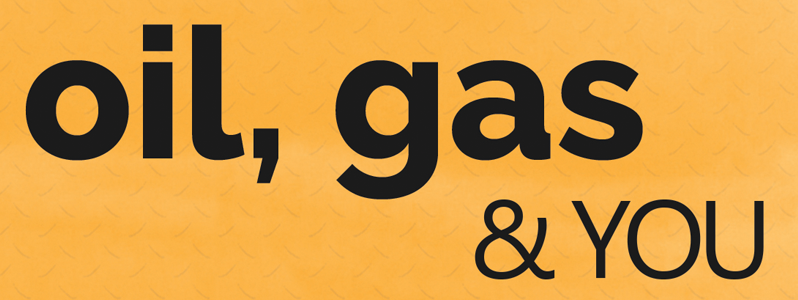ALTHOUGH exceedingly rare, oil spills are one of the most talked about risks to oil and gas development. Beginning in part with the historic 1989 Exxon Valdez spill in Alaska when the true impacts of oil spills were realised, billions have been spent on research and the development of new techniques to ensure that spill risks are significantly minimised and cleanup is more efficient and effective.
From new monitoring technologies to physical removal developments to the introduction of dispersants, oil spills are becoming less of a development risk, especially since the Deepwater Horizon incident in 2010, which led to a flood of new technologies and practices to minimise future damage. Furthermore, robust international standards have been created to help guide development in the industry and ensure that all countries, including Guyana, have the capabilities to minimise environmental harm.
While oil spills are a serious matter, it is important to understand the extensive planning and preparedness processes that are put in place to avoid spills and improve cleanup efforts even in the extremely unlikely event of a spill. These standards and best practices are paramount all over the world, and, in Guyana, as operators continue to invest in, and develop, the country’s growing oil and gas sector.
When an area is slated for oil and gas development, contingency plans, or formal response plans, with the proper resources and systems available to act quickly in the event of an oil spill, are put in place. These plans generally include a national governing body of the home government to provide uniform response no matter where a spill may occur, with the ability to tailor response based on the specific situation. In the United States, for example, the Environmental Protection Agency (EPA) and the U.S. National Coast Guard are jointly responsible for all oil spills on land or in water. However, in the event of a spill all parties involved – operators, producers, transport, and governments – work together in the cleanup.
Again, today, due to investment and technological improvements, oil spills are far less common than they were 50 years ago, according to the United Nations Conference on Trade and Development. In addition to fewer spills, the spills that do occur are significantly smaller. This is thanks to modern technologies, like the sensitive systems that monitor oil and gas infrastructure for any changes and can alert operators to possible problems before they result in larger issues. This helps prevent a large number of spills.
To further increase safety and reduce risks in the event of a spill, many operators also have standing contracts with specialised private spill response companies to supplement in-house capabilities to ensure the fastest and most comprehensive response possible.
In addition to preventative innovations, containment and recovery techniques have also improved. In the event of an oil spill, the primary response strategy required by most nations is mechanical recovery. As oil spreads on the water surface, floating barriers called booms are used to assist in containing the further spread of oil and to collect the oil for disposal.
Once these barriers are set up, recovery can begin. There are three different types of equipment that can physically remove oil from water: booms, skimmers, and sorbents. Booms allow oil to be funnelled into a small location where it can then be pumped back into tanks onboard ships. Skimmers move along the water’s surface to collect and store oil which can then be transferred to larger holding tanks. Sorbents are materials that absorb oil but are water resistant and are best used for small spills or in hard-to-reach areas. Each of these methods has benefits and drawbacks depending on the type and size of spill.
Today, technologies have become even more advanced than simply collecting oil into a smaller area. Dispersants, which are chemical agents, help break down oil into smaller droplets which are more easily diluted by water. While dispersants do not remove the oil from the water, the smaller oil particles break down more easily and have minimal impacts on the environment when used offshore.
Naturally occurring bacteria that already decompose crude oil particulates also help this decomposition process. Dispersants have relatively few environmental impacts when used properly and are more effective than collecting and skimming oil off the water’s surface. Despite public concerns about broad use, dispersants are just one tool among many that can be a vital part of the response to large spills, if used safely.
Although the chance of an oil spill is extremely low, these technological and chemical developments can help further reduce any impacts in the event that a spill does occur. As the oil and gas sector continues to develop, these approaches play an important role in ensuring that Guyana is as prepared as it possibly can be.




.jpg)









